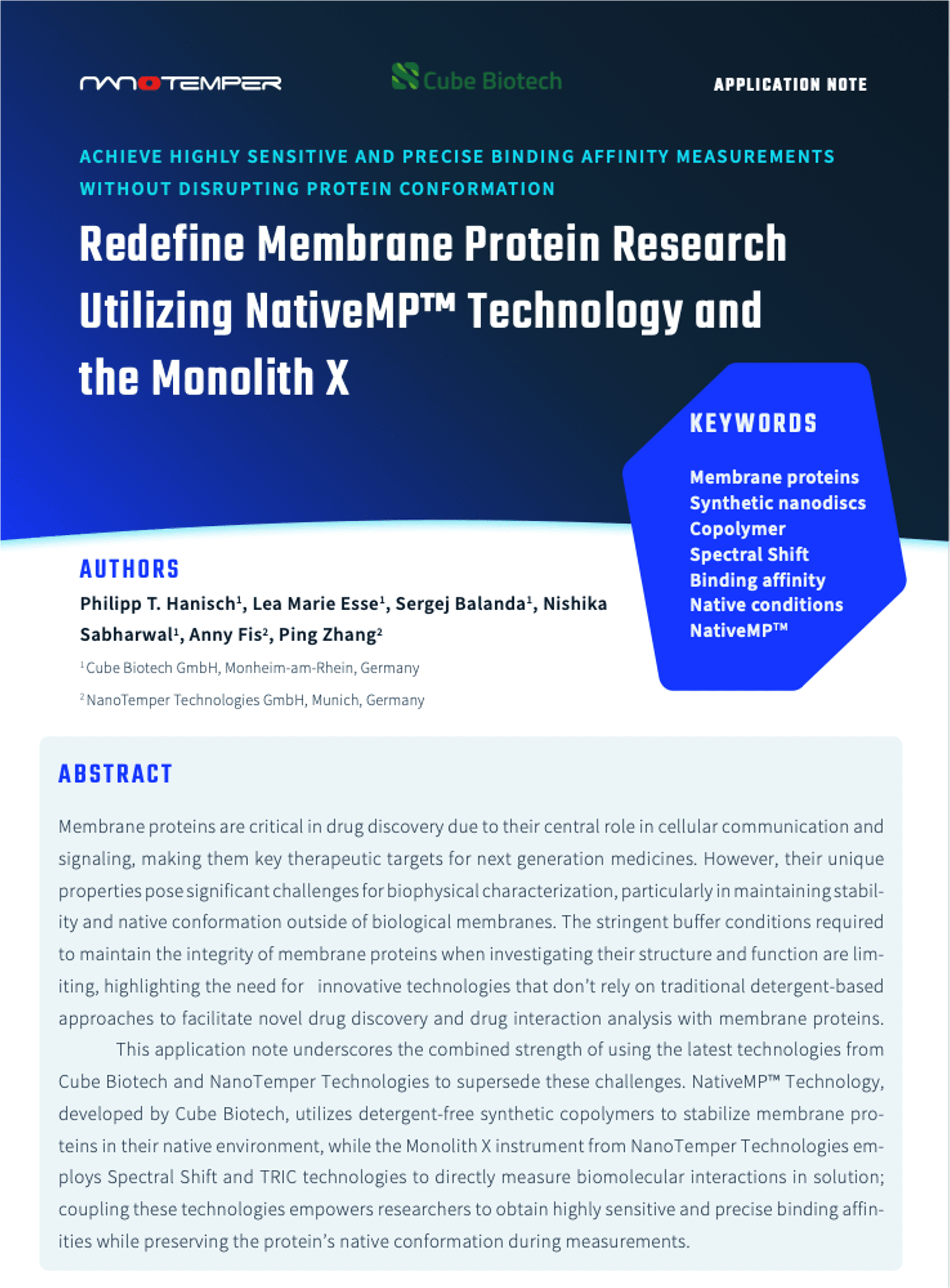Bandlow V, Liese S, Lauster D, et al.
Journal of the American Chemical Society 2017, vol: 139(45) doi: 10.1021/jacs.7b09967
Abstract
Attachment of the Influenza A virus onto host cells involves multivalent interactions between virus surface hemagglutinin (HA) and sialoside-containing glyco ligands. Despite the development of extremely powerful multivalent binders of the Influenza virus and other viruses, comparably little is known about the optimal spacing of HA ligands, which ought to bridge binding sites within or across the trimeric HA molecules. To explore the criteria for ligand economical high affinity binding, we systematically probed distance–affinity relationships by means of two differently behaving scaffold types based on (i) flexible polyethylene glycol (PEG) conjugates and (ii) rigid self-assembled DNA·PNA complexes. The bivalent scaffolds presented two sialyl-LacNAc ligands in 23–101 Å distance. A combined analysis of binding by means of microscale thermophoresis measurements and statistical mechanics models exposed the inherent limitations of PEG-based spacers. Given the distance requirements of HA, the flexibility of PEG scaffolds is too high to raise the effective concentration of glyco ligands above a value that allows interactions with the low affinity binding site. By contrast, spatial screening with less flexible, self-assembled peptide nucleic acid (PNA)·DNA complexes uncovered a well-defined and, surprisingly, bimodal distance–affinity relationship for interactions of the Influenza A virus HA with bivalent displays of the natural sialyl-LacNAc ligand. Optimal constructs conferred 103-fold binding enhancements with only two ligands. We discuss the existence of secondary binding sites and shine light on the preference for intramolecular rather than intermolecular recognition of HA trimers on the virus surface.
Topics: Gene Therapy, Monolith – MicroScale Thermophoresis, MST, Publications










